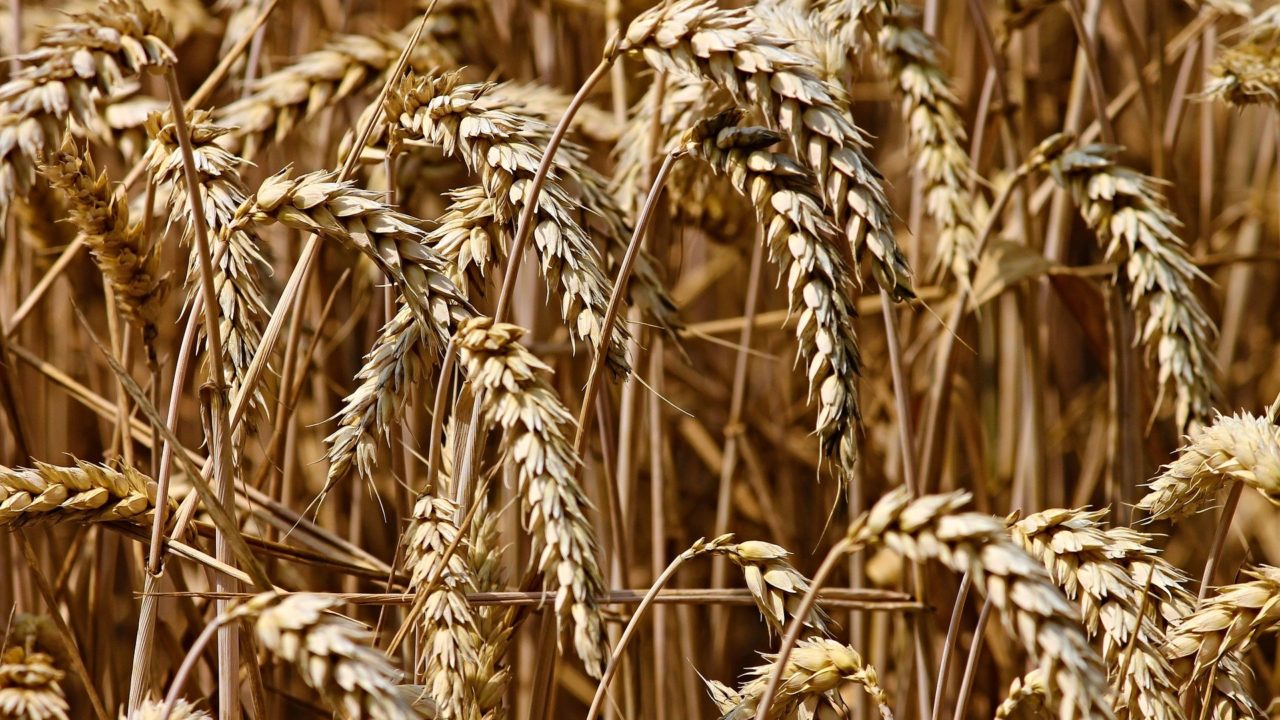Agriculture and Horticulture Development Board (AHDB) analysts have been assessing recent weather patterns to discern how they may impact on 2023 UK wheat yields.
There are many parameters throughout the growing season that can influence yields.
However, spring weather is a watch point, as winter wheat enters the construction phase of growth and this accelerates towards the end of April.
Half of total growth will occur in this phase, as the dry matter produced in this period supports root growth and organs vital to grain production.
But all of this begs the question: Was the rain that fell in May sufficient to maintain wheat yields?
Rainfall
At the start of the month the unsettled weather continued, including heavy showers. However, by the middle of the month it had somewhat dried up, with little rainfall since.
Latest data from the Met Office indicates that the UK received 39mm of rain in the month of May, the second lowest this decade, behind 2020 when rainfall was 32.8mm.
Despite May’s deficits, accumulated rainfall in the UK over spring (March to May) has totalled 240.8mm, 18% higher than the previous five-year average.
This accumulation of rainfall is comparable to 2014, 2015 and 2019 when UK wheat yields averaged 8.6-9.0t/ha during these years.
So, is the lack of rainfall in May really that problematic for crops?
Wheat yields
As at May 30, 2023, 85% of winter wheat was rated good-to-excellent in the AHDB’s crop development report, published on that date.
This was ahead of 82% recorded at the same point last season.
Further to that, with rainfall earlier in May and then the subsequent sunny and mild conditions, crops are reported to be looking well and yield prospects are good, to above average.
This information reaffirms that the UK has the potential to produce a large wheat crop this coming harvest, with a potential of 15.5–16.0 million tonnes expected (based off the envisaged planted area and higher than average yields).
However, it’s important to note that, after the wet start to spring, some areas are almost looking too dry now. This could have an impact on final yields and is a watch point.
But it goes without saying that the final output for 2023 will very much depend on the weather over the next couple of months, as well as the final planted area.
